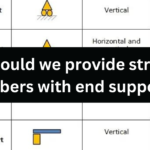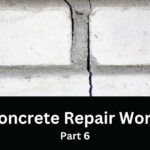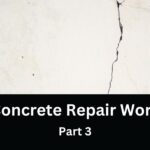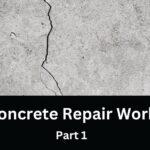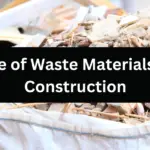Why should we provide structural members with end supports?
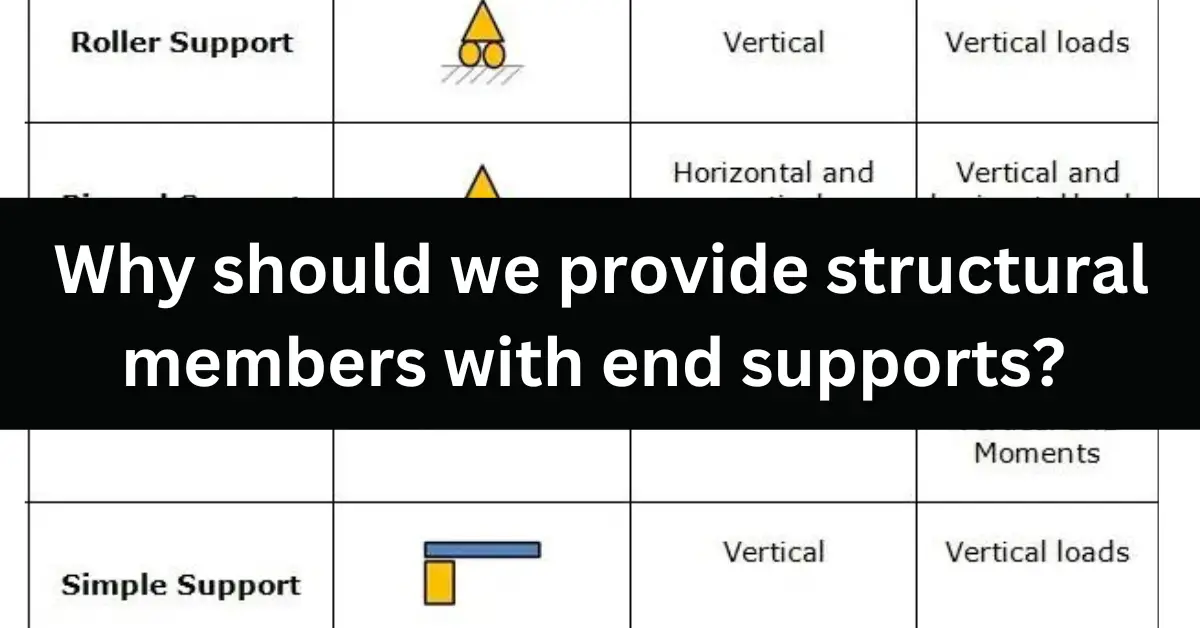
End supports, also known as end restraints, are provided for structural members to ensure that the member can transfer loads ...
Read more
What are the alternatives for using columns as structural supports for a house?

Replacements for columns While columns are a common and important structural support for most house constructions, there are some alternatives ...
Read more
What are the different shapes of reinforcements used for concreting?
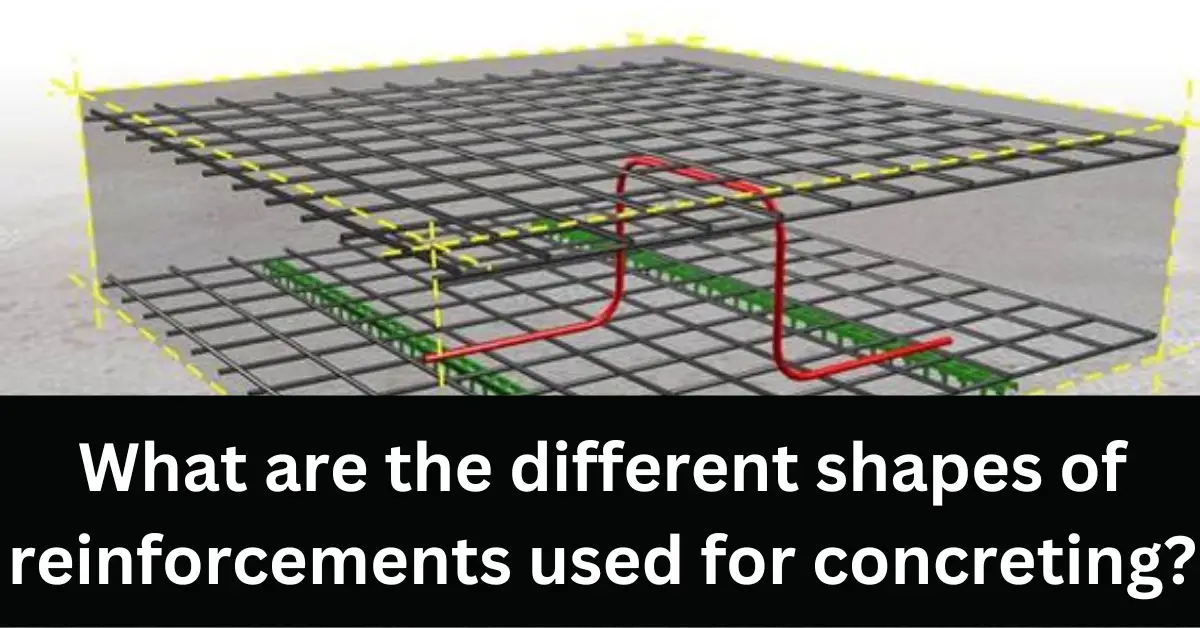
Reinforcements, also known as rebar, are used in concrete construction to provide additional strength and support to the structure. The ...
Read more
What are the Basic Soil Tests?

There are some basic soil tests that can be used to investigate the approximate engineering behavior of soils. The most ...
Read more
HOW IS CEMENT MANUFACTURED?
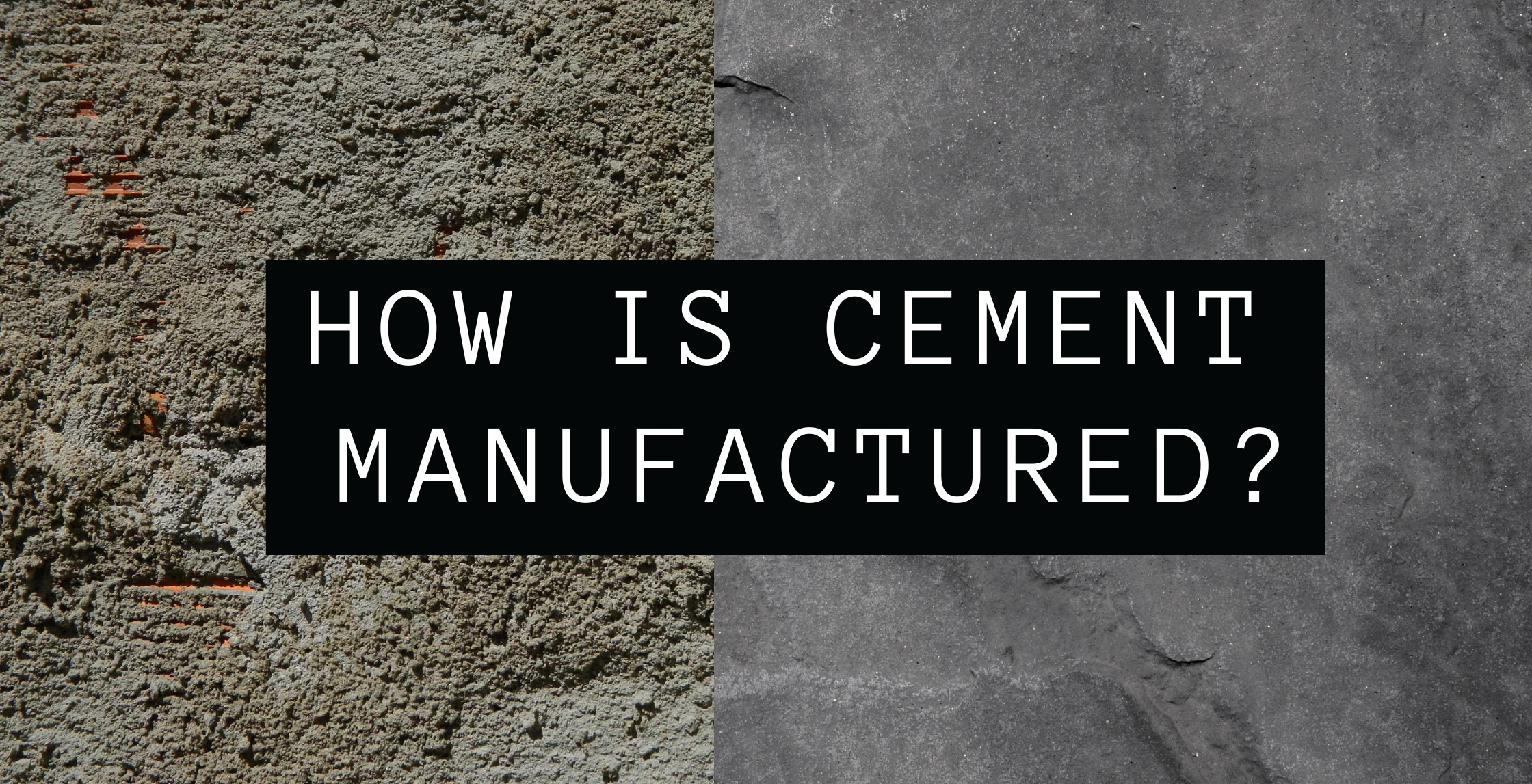
Before delving into “how is cement manufactured?” it’s critical to understand the fundamentals. First, let’s learn about what cement is, ...
Read more
What is Wind and Earthquake analysis of structures?

Wind and earthquake analysis of structures is the process of determining the structural response of a building or other structure ...
Read more
What are the different types of steel used in reinforcements?
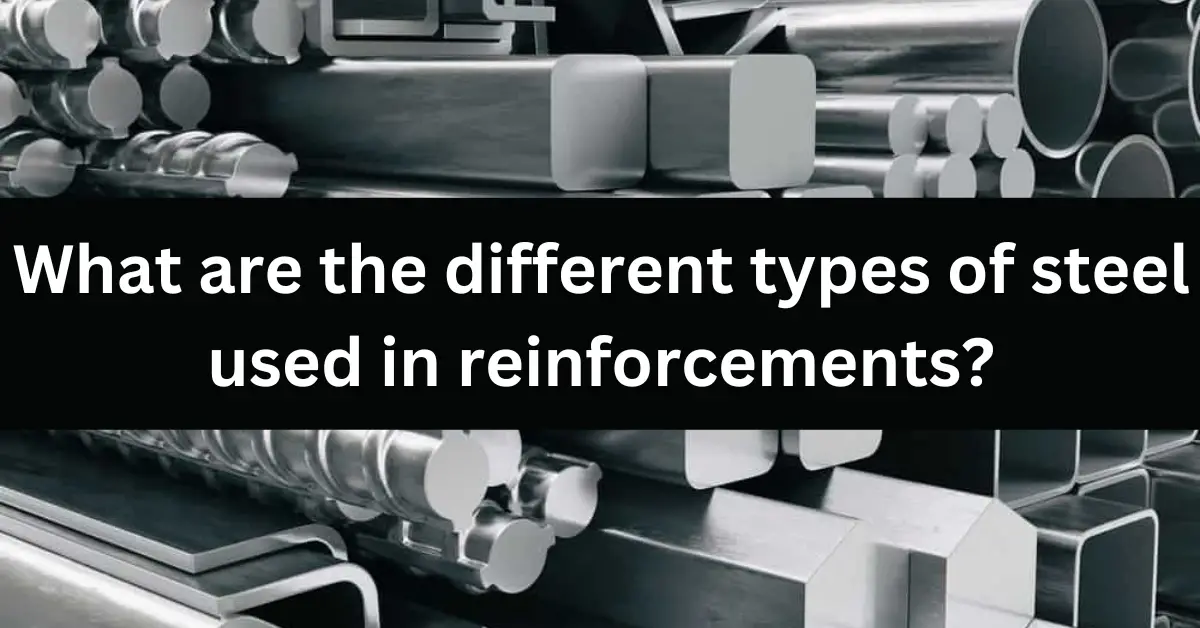
Let’s learn about the different types of steel used in reinforcements. The most common types of steel used in reinforcement ...
Read more
What’s the difference between LCA, LCI, LCIA, and LCC?

Life Cycle Assessment (LCA) LCA is a multi-step process for calculating a product’s or service’s lifetime environmental impact. LCA encompasses ...
Read more
CONCRETING
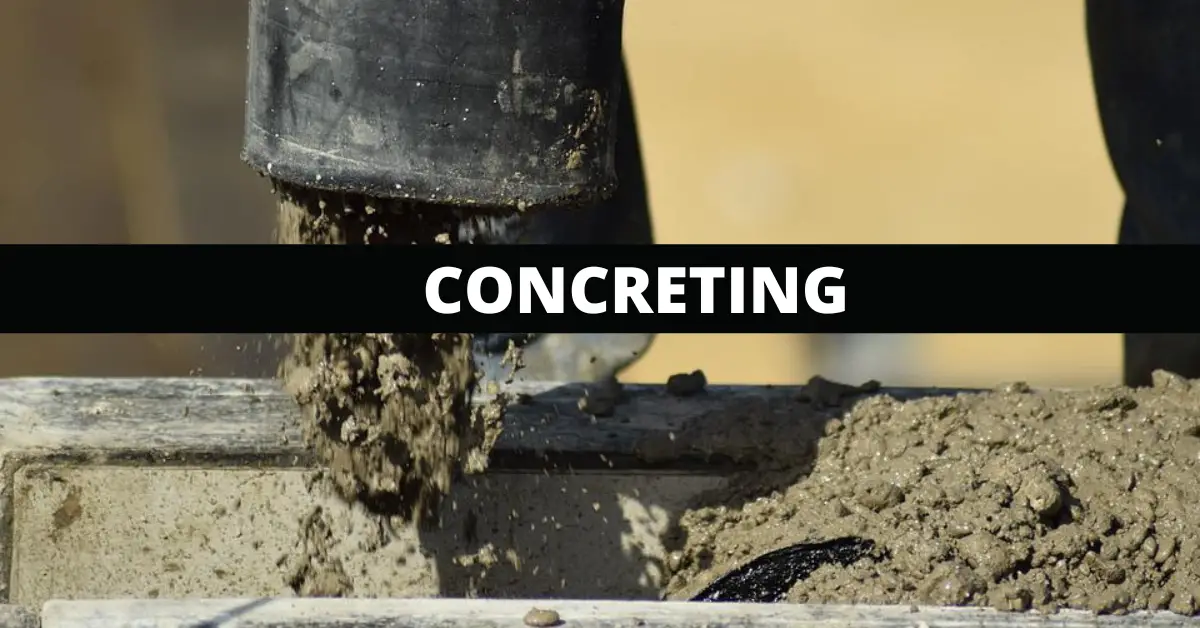
This article describes the work sequence that a site engineer should follow during concrete placement/concreting. Work Sequence Flow chart for ...
Read more
The Fundamentals of Rebar Work
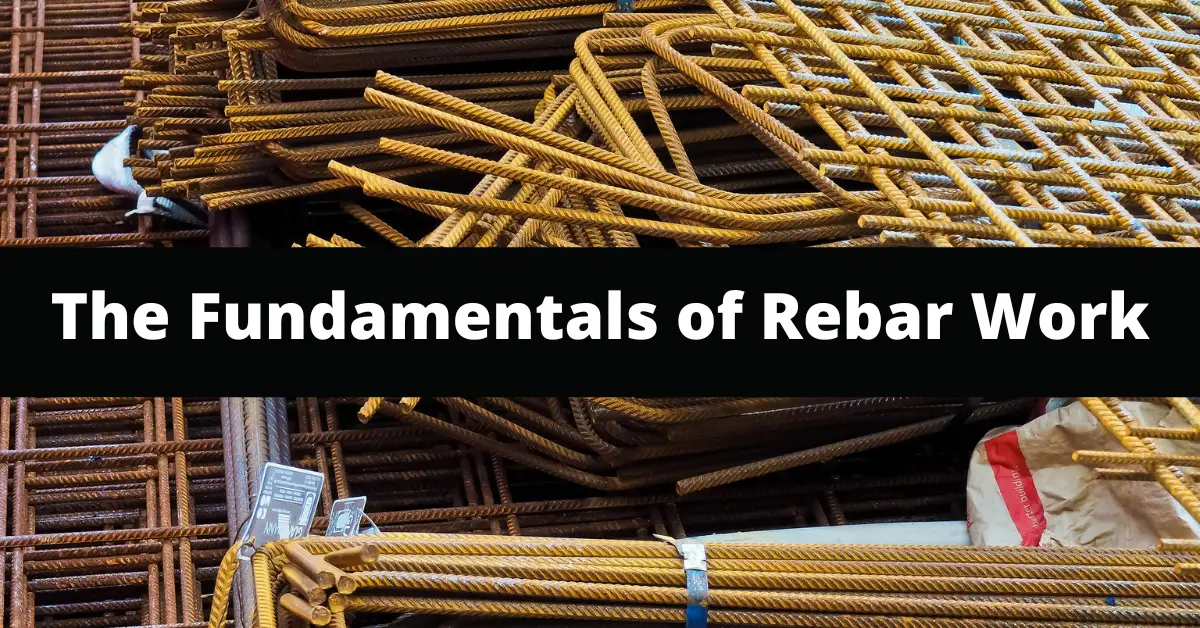
The reinforcement must be prefabricated with stirrups in place for easier on-site assembly. Reinforcing bars must be produced in accordance ...
Read more
